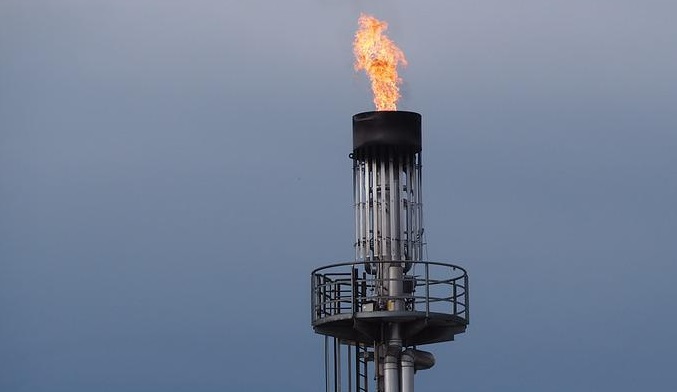In an interview with the Interfax news agency last week, Gazprom Deputy CEO Vitaly Markelov said that now that planned maintenance work has been completed, the Sakhalin-2 liquified natural gas (LNG) project in Russia’s Far East has returned to full production capacity.
In July, the project began its planned maintenance operations, involving all of the production facilities at the site, according to Markelov. Launched in 2009, the project boasts an annual production capacity of 11.5 million tons of LNG annually.
Following the imposition of sanctions on Russia by the West, energy majors including Britain’s Shell chose to exit the project. However, given Japan’s heavy reliance on natural gas, Mitsui and Mitsubishi retained a combined 22.5% stake in the project. Other long-term buyers from Asia, such as South Korea, have continued to make purchases from the venture.
Last year, 60.6% of all LNG shipments from the Russian plant were purchased by Japan. Of the remainder, South Korea bought 15.8%, China 17.9%, and Taiwan 4.5%, while Indonesia purchased 1.2% in its first purchases from Russia of LNG.
Since the beginning of the year, Russian LNG exports have been steadily increasing, as demand has been growing in Europe and Asia, according to Nikolay Shulginov, Russia’s Energy Minister.
Although the EU enacted an embargo on Russian seaborne crude oil, the sanctions make no mention of Russian LNG.
According to the newest report by NGO Global Witness, between January and July, EU purchases of Russian LNG surged by 40% compared to the same period in 2021, and by 1.7% over last year.
The report found that despite its proclamations that it would decouple itself from Russia’s fossil fuels industry, the EU is poised to import record volumes of Russian LNG in 2023.

